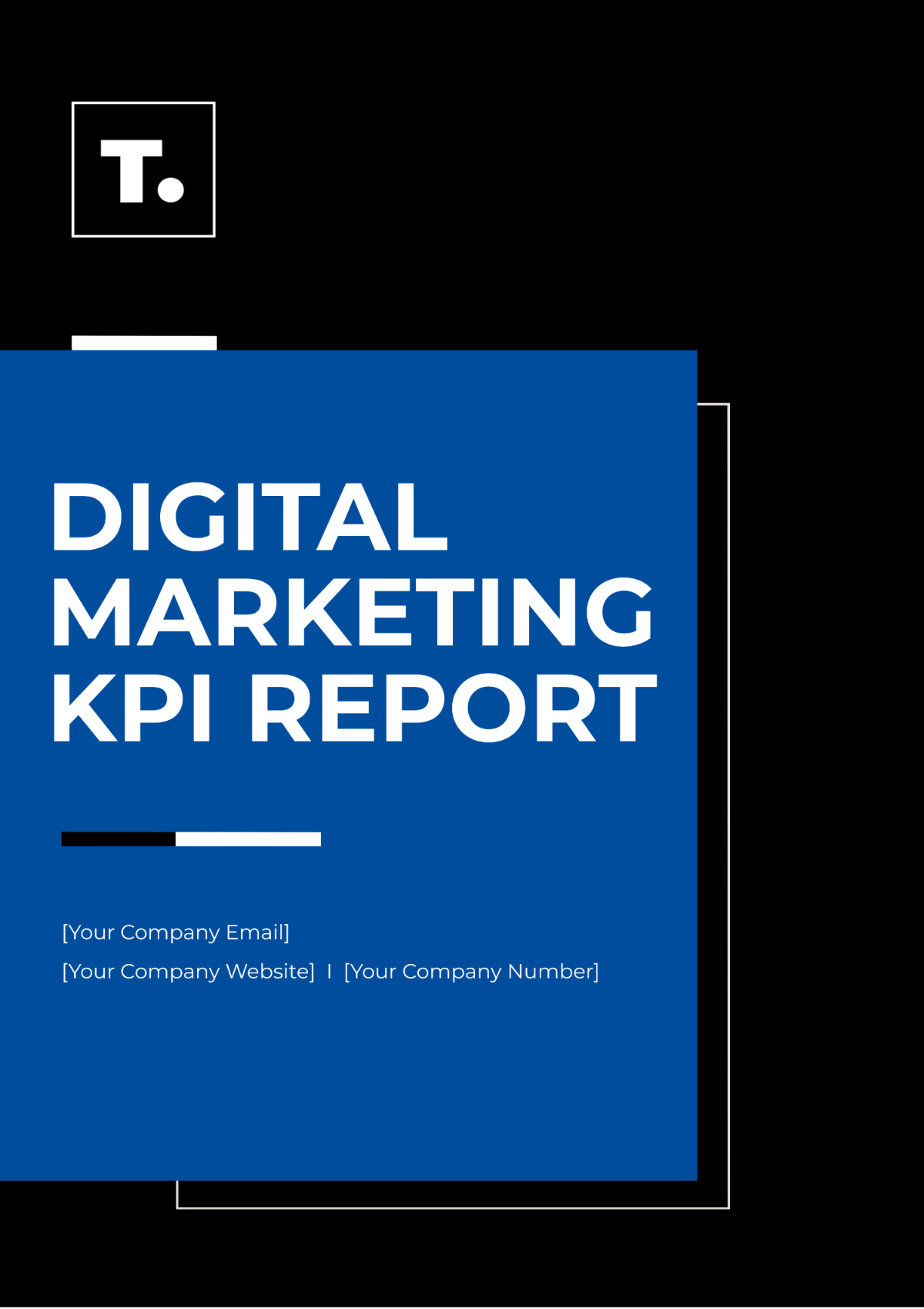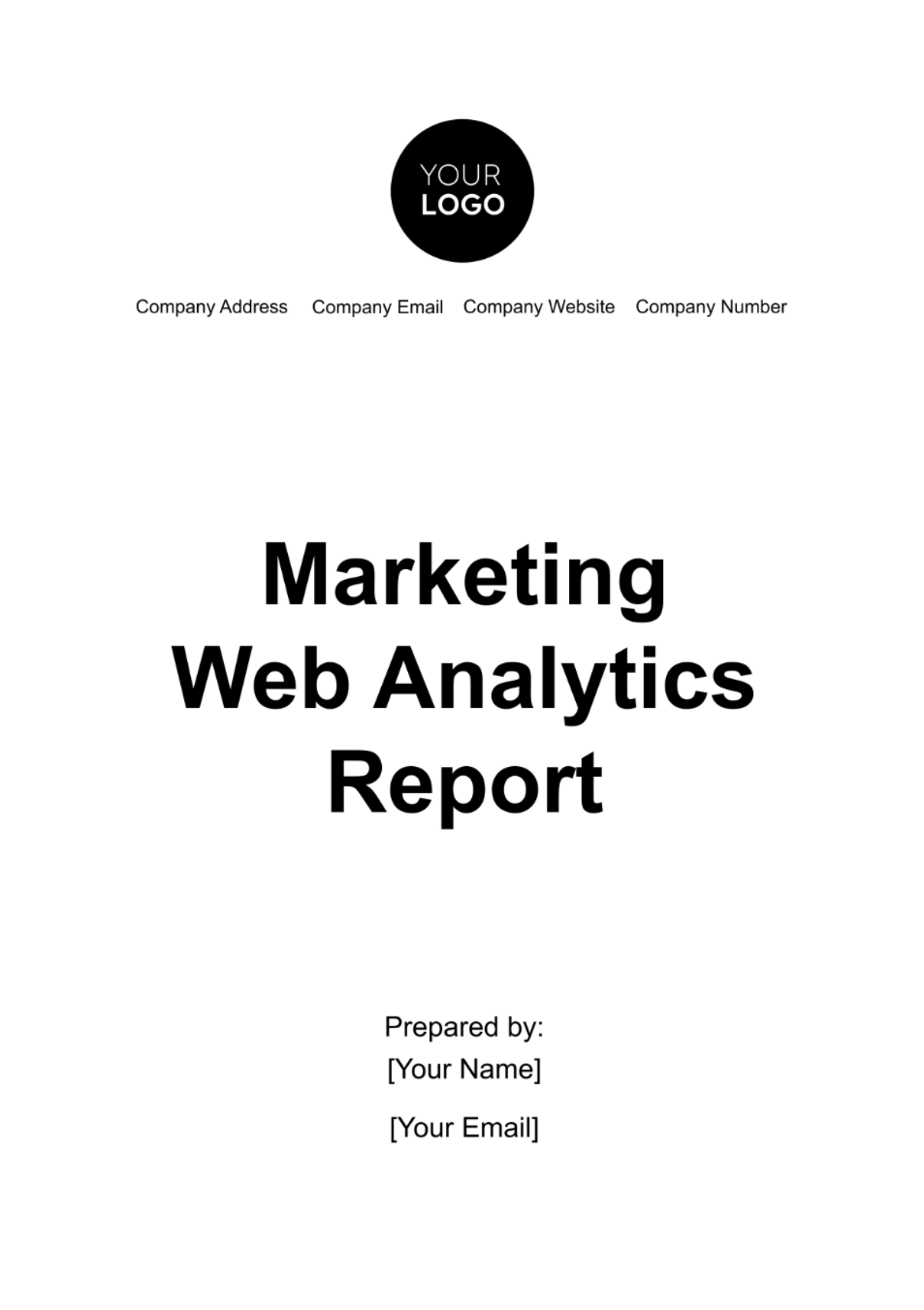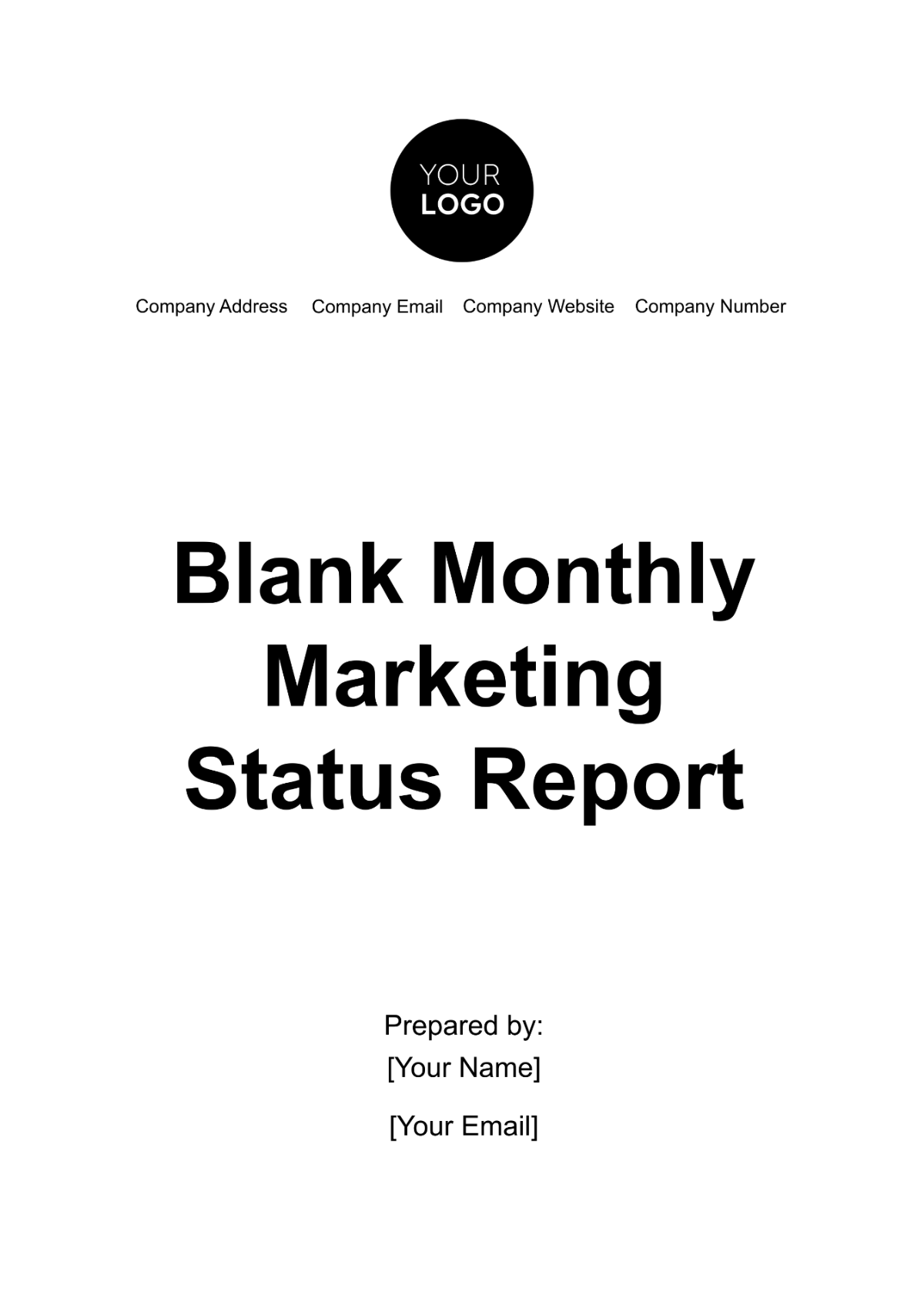Customer Segmentation Report
Prepared by: [Your Name]
Company: [Your Company Name]
Date: [Date]
I. Executive Summary
This Customer Segmentation Report provides an in-depth analysis of our diverse customer base, segmenting it into distinct groups to enhance our understanding of their unique needs, behaviors, and preferences. By leveraging this data-driven segmentation, we can develop more personalized marketing efforts and refine our product offerings to better serve each segment. This report presents a thorough examination of the data collected, identifies key customer segments, and provides actionable insights to improve customer satisfaction, increase engagement, and drive business growth.
Key findings include:
Three primary customer segments: Young Professionals, Budget-Conscious Families, and Luxury Seekers.
Strategic recommendations for tailored marketing, product development, and personalized customer service for each segment.
Opportunities for growth by addressing specific needs and enhancing customer experiences.
II. Introduction
The objective of this report is to categorize our customers into meaningful segments based on a combination of demographic factors, purchasing behavior, and preferences. By understanding the unique characteristics of each segment, we aim to improve the precision of our marketing strategies and align product development more closely with customer needs. This customer-focused approach will ultimately lead to improved customer loyalty, higher conversion rates, and increased profitability.
Scope: This report focuses on customers from our online and retail sales channels over the past 12 months.
Goal: To define actionable customer segments that will guide marketing campaigns, product development, and service optimization.
III. Methodology
Our methodology combines a structured data collection process with advanced data analysis techniques to identify meaningful customer segments.
A. Data Collection
Data was sourced from multiple channels to ensure a comprehensive view of customer behavior, including:
Demographic Information: Collected through account sign-ups, online surveys, and purchase forms.
Purchase History: Analyzed using transaction data from our e-commerce and in-store platforms.
Customer Surveys and Feedback: Compiled from customer satisfaction surveys, product reviews, and support interactions.
For this report, we gathered data from 25,000 active customers, covering both one-time and repeat purchasers.
B. Analysis Techniques
To identify customer segments, we employed the following techniques:
Cluster Analysis: Using k-means clustering, we grouped customers based on purchasing patterns and demographics.
Factor Analysis: Reduced the number of variables to focus on the most impactful factors.
Qualitative Coding: Analyzed survey responses to identify recurring themes related to customer needs and preferences.
We also performed predictive analytics to forecast future behaviors based on historical data.
IV. Segmentation Criteria
Customers were segmented based on a combination of key criteria, chosen to reflect the most significant factors influencing their purchasing decisions.
Criteria | Description |
|---|---|
Demographics | Age, Gender, Income Level, Geographic Location |
Purchasing Behavior | Frequency of Purchase, Average Spend, Product Categories Purchased |
Preferences/Needs | Brand Loyalty, Price Sensitivity, Interest in Eco-friendly or Technological Products |
V. Segment Profiles
Segment A: Young Professionals
Demographics: Aged 25-35, primarily urban residents, moderate to high disposable income.
Behavior: This segment prefers online shopping, prioritizing convenience and digital payment methods. They make frequent purchases (average of 3-4 transactions per month), with a focus on tech gadgets, fashion, and lifestyle products.
Needs and Preferences: High value is placed on innovation, seamless shopping experiences, and eco-friendly products. They are highly responsive to digital marketing campaigns, particularly on social media platforms.
Marketing Strategy: Leverage social media influencers and offer limited-time discounts on tech and lifestyle products to engage this tech-savvy group. Introduce a subscription model for recurring purchases, such as monthly tech accessories.
Segment B: Budget-Conscious Families
Demographics: Families aged 35-50, typically with children, moderate household incomes.
Behavior: Focused on value-for-money purchases, this group often shops during sales events, with an emphasis on bulk purchases and family-oriented products. On average, they make 1-2 large purchases per month.
Needs and Preferences: Highly responsive to promotions, discounts, and loyalty programs. They value practicality, cost-effectiveness, and family-friendly products.
Marketing Strategy: Implement loyalty programs and promote bundle offers on household essentials. Tailor email campaigns with personalized discounts during key shopping seasons (e.g., back-to-school, holiday sales).
Segment C: Luxury Seekers
Demographics: Aged 40-55, high-income individuals, typically residing in affluent neighborhoods.
Behavior: This group prioritizes quality, exclusivity, and brand reputation. They make fewer but higher-value purchases (average of 1 transaction per quarter), with a focus on premium products such as luxury fashion, high-end electronics, and exclusive services.
Needs and Preferences: Quality and prestige are the primary drivers, with little sensitivity to price. They are more likely to respond to personalized experiences and limited-edition products.
Marketing Strategy: Offer personalized shopping experiences, exclusive previews of new collections, and VIP customer service. Create luxury-themed product lines that cater to this segment’s desire for exclusivity and quality.
VI. Insights and Recommendations
Based on the segmentation analysis, the following insights and recommendations are proposed:
Enhanced Targeting: Develop customized marketing campaigns tailored to each segment’s specific behaviors and preferences. For example, promote eco-friendly tech products to Young Professionals, while emphasizing discounts and value-driven promotions for Budget-Conscious Families.
Product Development: Create product lines that cater specifically to the preferences of each identified segment:
For Young Professionals, focus on tech-forward products and seamless integration with smart devices.
For Budget-Conscious Families, emphasize durable, cost-effective products and bundle deals.
For Luxury Seekers, develop premium, limited-edition collections with high-end packaging and exclusivity.
Customer Experience: Implement personalized customer service protocols based on the unique needs of each segment. For instance, provide fast, tech-enabled customer service for Young Professionals, while offering dedicated, high-touch support for Luxury Seekers.
Channel Strategy: Leverage digital platforms and social media to engage Young Professionals and Luxury Seekers, while utilizing email marketing and loyalty programs to maintain engagement with Budget-Conscious Families.
VII. Conclusion
This report successfully identifies three key customer segments and outlines strategies for effectively targeting, engaging, and servicing each group. By implementing the tailored marketing, product development, and customer service strategies suggested in this report, our company can improve customer satisfaction, enhance brand loyalty, and drive sustainable business growth.
VIII. Appendices
The appendices include:
Appendix A: Detailed charts showing the breakdown of purchase behaviors for each segment.
Appendix B: Statistical analysis of customer data, including demographic distributions and spending habits.
Appendix C: Example survey results highlighting customer preferences across different segments.
Appendix D: Methodology explanations for cluster analysis and data modeling techniques.
For further details on data sources, segment modeling, and additional recommendations, please refer to the supplementary materials provided.

















































